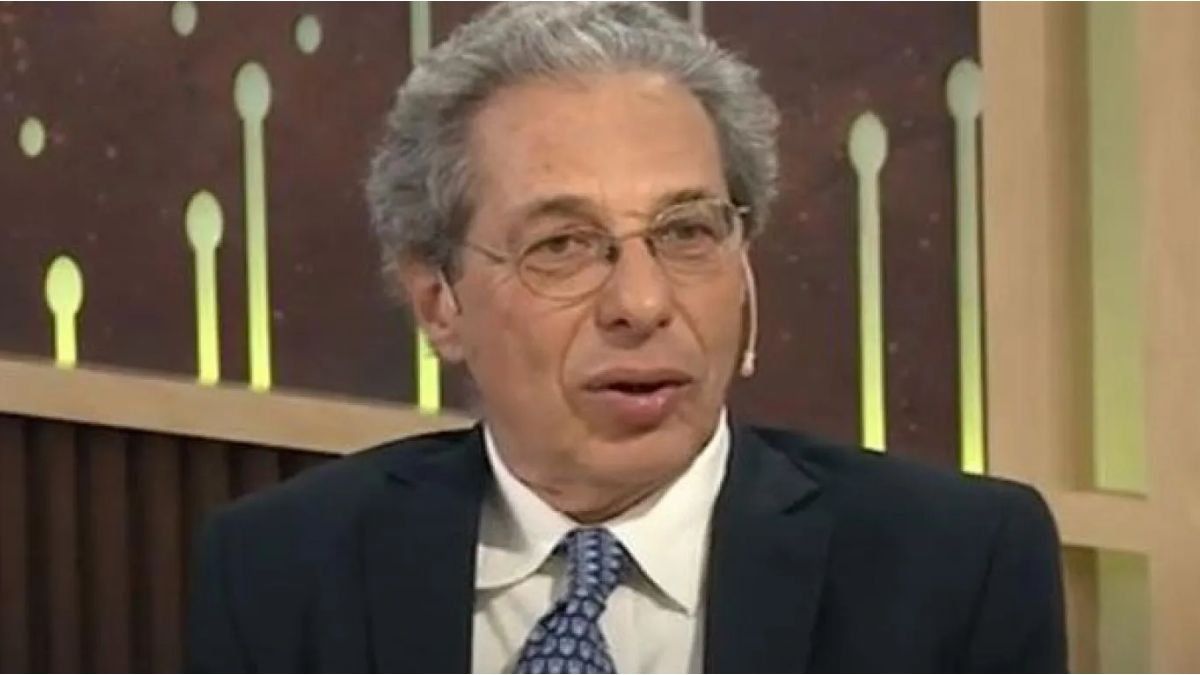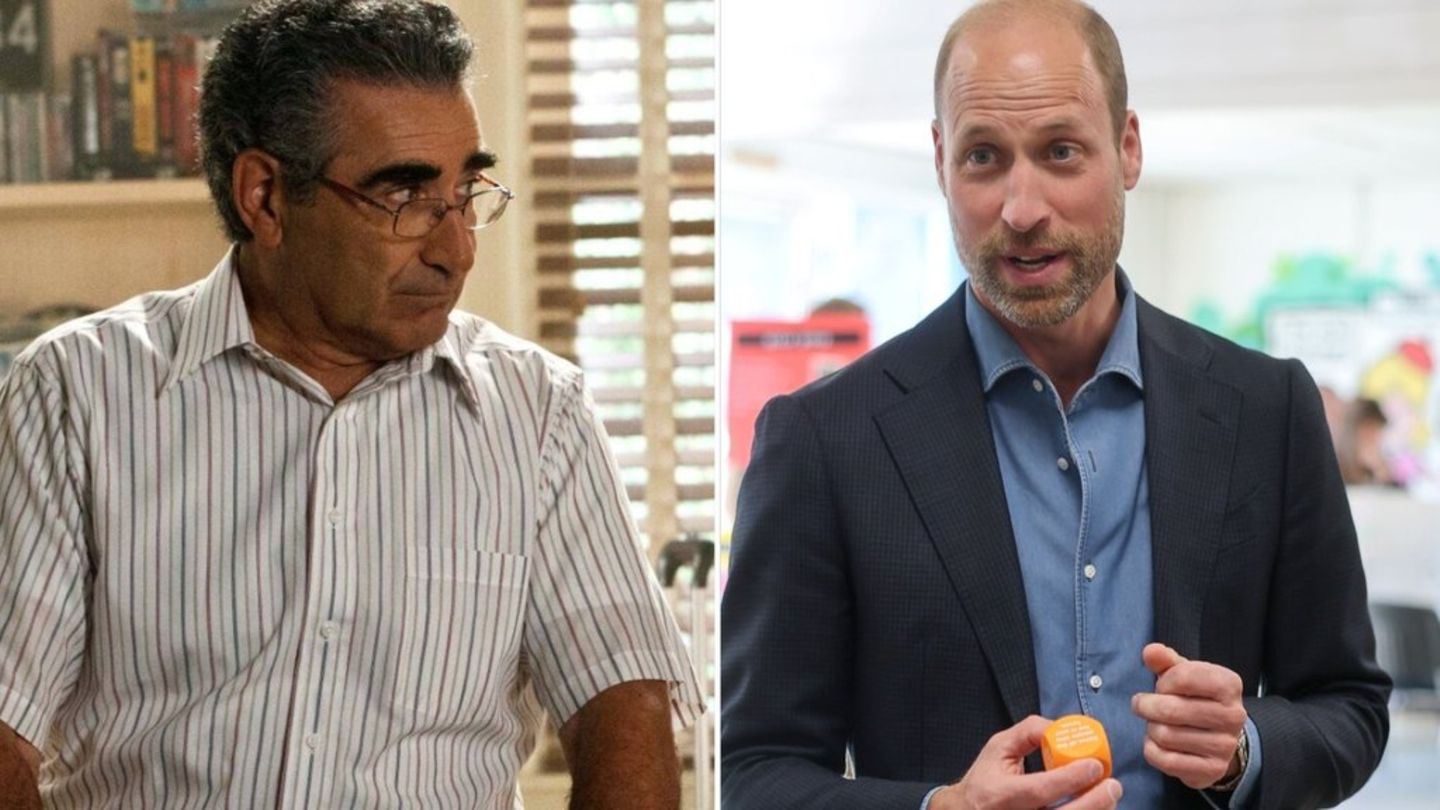This Friday, the Minister of Economy, Sergio Massa, will announce the implementation of a differentiated dollar for grain exporters and the application of a new tax on imports. These are measures that “aim, on the one hand, to alleviate the situation of the Central Bank (BCRA) reserves, and, on the other, to shore up the fiscal front”, as he explained in dialogue with Ambit the Economist daniel marxdirector of the consulting firm Quantum Finanzas and former director of the Central Bank (BCRA).
And consider that They are not entirely new measures., since differentiated dollars have already been implemented repeatedly for different sectors in Argentina. However, he mentions that “This time, a countermeasure of a tax on imports that would seek an increase in tax collection is foreseen.”
Journalist: How do you evaluate the measures that the Government is going to announce in the next few hours?
Daniel Marx: I think they are measures that are already being taken in Argentina. I don’t see that they are new. we have already had differentiated exchange ratesbut, this time, compensation would be implemented with a tax for importers, which would improve tax collection for the Government.
On the other hand, regarding reserves, we saw in other experiences that to the BCRA These differentiated exchange rates for exporters helped him somewhat contain the loss of reserves and keep the dollar calm. It is necessary to see how it works this time and what retention capacity the Central has for those dollars that enter it from the new settlements.
Q.: Many analysts warn that the new measures may have an inflationary effect, will that be the case?
DM: First, it is necessary to take a good look at how the regulation is and how much of this was already anticipated in the inflation. It is likely that part of this increase was already discounted by the market in prices, since they operate with other exchange rates.
I believe that if the tax is applied to future operations, the new imports, the coverage of importers will not be a big problem. What you have to see is how the regulations for the payment of those who have pending payments from previous operations will be implemented. There is some who have saved the pesos in dollar linked and may have discrepancies in that regard. But many have already applied a higher exchange rate to prices.
Q.: Can the arrival of a new importing dollar have an impact on the price of the stock market dollars and the blue?
DM: I think it is likely to have an impact, but not necessarily to the upside. What happens is that since it is a differential exchange rate, there may be a correction in the blue, on the one hand. But, another possibility is that it is seen as a convergence with parallel exchange rates and, within the framework of an agreement with the Fund, the blue dollar tends to fall or stabilize. There are two possible reactions: one upwards and the other downwards.
Q.: How decisive is the IMF negotiation in the decision to move forward with these measures?
DM: The IMF has already expressed in different ways its belief that the official exchange rate was insufficient to balance the differences with other dollars. These measures do not solve that, but they aim to address that claim, in some way. It is an approach.
Source: Ambito




